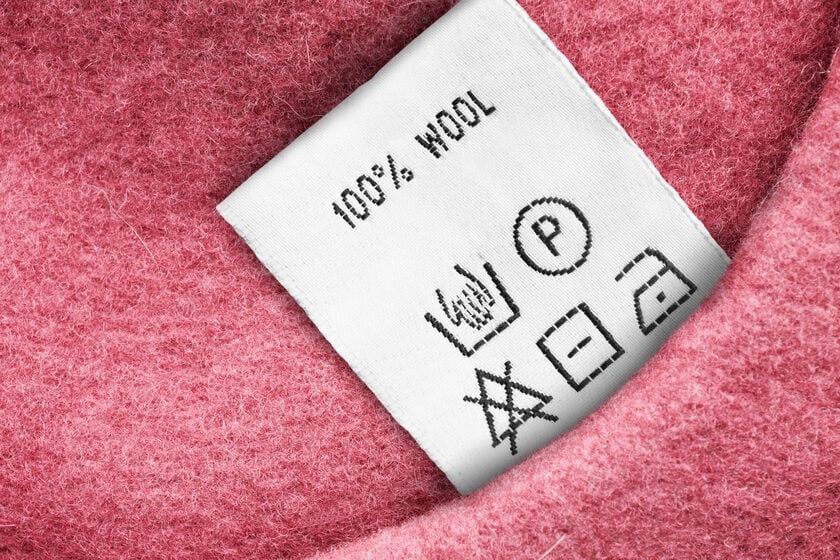
By Linda Massi
3 minute read
Linda Massi By Linda Massi
3 minute read
Like you can’t sell food without an ingredient list, you can’t commercialize clothes without a comprehensive composition & care label. Legally, every item of clothing needs a label before it is available to the consumer, and part of that means providing accurate care instructions. They need to know how to take care of garments in the right way. It also creates a positive effect on their satisfaction, the garment’s life span, and the environment.
The laws that regulate care labels differ from country to country. In particular, Japan and the US have different symbols and regulations from the EU.
The supplier is responsible for care labels
The supplier or manufacturer is the one responsible for the care instructions. However, that does not include the responsibility to attach the care label to the garment when shipping it. The information can be on a pdf file or detached labels, for example.
Care labels for the consumer
The EU law states that once the garment arrives to the consumer, the care labels have to be permanently attached. Most of the time, they are in polyester and sewn to the inside of the piece. Recently, brands have printed the information directly onto the fabric. It gives the garment a more seamless look and avoids waste.
E-commerce needs care labels
You wouldn’t buy something you don’t know, and neither would your customers. Consumers have grown more concerned about garment composition in recent years. They expect to check it before buying an item.
When creating a listing on a reseller marketplace such as Zalando and Amazon, companies must provide care information. Often suppliers stitch the labels onto the garments before exporting them, with no digital record. This makes e-commerce requirements a big problem for some companies.
What should be on a care label?
According to the EU regulations, care labels need to use clear and legible text with uniform lettering, which means the same font, size, and style. There has to be a clear separation between the information on the textile composition and other information such as care instructions.
Care labels should inform the customer on:
Quality of the garment
What is the brand, and where was the product made? Remember to refer to the country where the manufacturers have sewn the garment, not where the materials are from.
Textile composition
On the care label, the composition of the fabric needs to be in decreasing percentage order. You can use words like “pure” or “100%” only if one fiber type composes the garment. You should always specify the main linings too, and non-textile parts of animals. Identify them as “Contains non-textile parts of animal origin”. Refer also to feathers, horn buttons, and so on.
You can use “Other fibers” when materials are hard to identify but only if their content doesn’t exceed 15% of the garment, or 5% if it’s only one fiber type.
Even though international symbols for fabrics are available (ISO codes), the fiber names need to be translated into all the official national languages of the countries where the garment is available to buy. Because of e-commerce and globalization, this can be a daunting task. You can find the complete list of approved fiber names here.
Additionally, it is important to note that if the fabric has some extra attribute, for example it is recycled or organic, that goes after the official fabric name, in parenthesis.
Example: Cotton (Organic), Polyester (Recycled)
Care instructions
The care instructions symbols on the care label need to follow the sequence:
- Washing
- Bleaching
- Drying
- Ironing
- Professional care / Dry-cleaning
The EU follows the European Care Labelling System. GINETEX, the Association of Textile Care Labelling, owns the trademark for these symbols, so a fee is due when selling in the GINETEX countries. They are Belgium, France, Germany, England, the Netherlands, Israel, Austria, Switzerland, and Spain.
And there you have it: a quick and complete guide to care labels!